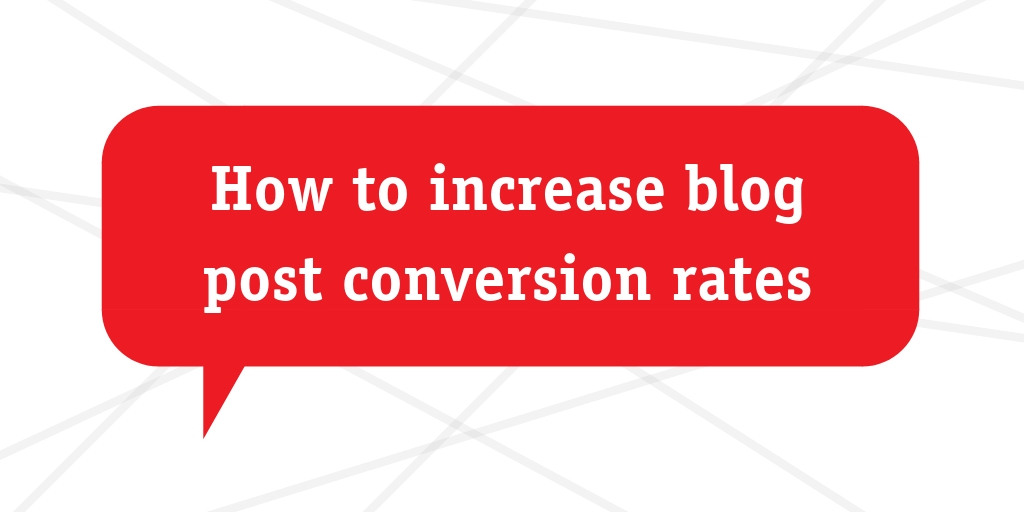
17 Dec How to increase blog post conversion rates
Read Time: 3 Minutes
Blog posts are great to improve your website’s SEO (helping your website rank well on Google), keep your customers informed and up-to-date, provide your customers with helpful information and to show off your knowledge and expertise in your field. But how effective are blog posts at getting people to buy your products or use your services?
A lot of people can’t see the value in regularly posting blog posts to their website as they don’t often directly generate conversions. Sometimes, this is because blog posts aren’t targeting people searching with the intention of buying something and are instead are targeting people looking for information or an answer to a question.
So how do you target people that are searching with intent and increase blog post conversion rates? There are a range of techniques you could use to do this, but we’ve put together our top three tips!
How to increase blog post conversion rates:
Match keywords with customer intent
Most people are still focusing on building their blog posts around one broad keyword. Broad keywords are very difficult to rank for on Google because there is already so much content online. Plus, if you’re building a blog for a broad keyword, even if someone does find your blog post from a Google search, they’re less likely to be looking to buy something from you.
When conducting keyword research, have a think about how customers who are likely to buy something would be searching. For example, people who search for ‘marketing’ might just want to know what the word means, or a general description of what marketing involves. If you wanted to rank in the marketing space and get a conversion, consider a phrase or ‘long-tail keyword’ that your target audience might search for, such as ‘how to market my small business’. Google will be more likely to show your blog you’ve written for the long-tail keyword as it is more specific and helpful to the searcher. A blog ranking for this long-tail keyword also is more likely to generate conversions as the searcher is clearly looking for help on marketing their business.
Ensure your blog is reader-friendly
Try to make your blog post as easy to read as possible. Google no longer just look for keywords on a web page. They can now rank your web page based on how easy your content is to read. Avoid using too many big words or making your sentences too long. Keep it simple!
It can also be handy to include an estimated read time at the top of the page! Have you ever started reading a blog post, only to find out 10 minutes later you’re still reading and haven’t found the answer you want yet? Adding this can help readers know how long they can expect to stay on the page to complete the article and find the information they want. Realistically, the shorter the better, but if you have lots of information to convey – a long post is fine too, just let readers know.
Include a call to action
Prompt readers to buy your product or service! Be sure to include a call to action somewhere in your blog. Remember that not everyone on your website came via the homepage and therefore knows what your business has to offer. In fact, if your blog has ranked on Google, there’s a good chance the people have come to the page for that specific post or item and don’t know anything about your business yet (unless they have directly googled your business name)! Let them know if your business offers the product or services that your blog is written about.
We hope these tips help you generate more conversions through your blog posts! If you need help creating blog posts and improving your website’s search ranking,check out our SEO packages or contact us at hello@redsteps.com.au.
